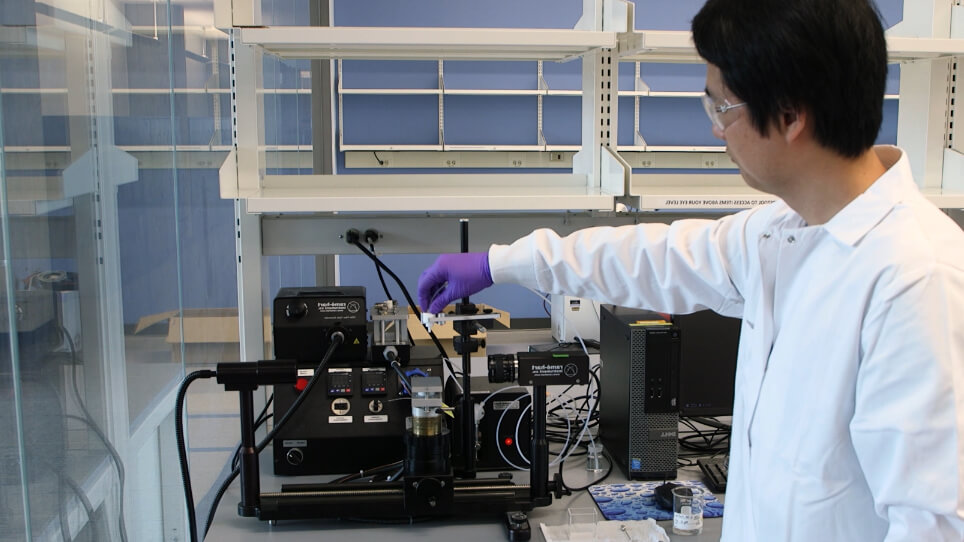Dynamic Frequency Test
Dynamic frequency selection is a technology designed to enable wireless devices operating in unlicensed WLAN 5 GHz bands to detect when they can interfere with military and weather radar systems and automatically switch to another frequency where they will not cause any problems. These official requirements apply to the USA, Canada, Europe, Japan, Australia, Korea and other markets around the world.

Special terminology is used to create test parameters in dynamic frequency selection standards:
- Main deviceis any device that has radar detection and is capable of controlling other components in a coordinated system (such as an access point).
- A client devicerequires authorization to start communication on a channel - routers and laptop Wi-Fi cards that do not support temporary connectivity are considered client devices.
- Radio local area network (RLAN) and wireless local area network (WLAN) devices are systems operating on unlicensed 5GHz bands
EUROLAB is authorized to provide testing and certification of a wide variety of devices using dynamic frequency selection technology.
Test Factors
According to the requirements of the tested standard, the dynamic frequency selection test can look at a number of potential factors:
- Channel availability is the duration of control or the length of time a system needs to watch a channel for other devices before initiating a communication link.
- Interference detection threshold, which refers to the minimum signal level that must be present before the system is triggered to switch to another channel. The interference detection threshold is calculated based on the 0dBi antenna.
- The channel movement time, the maximum amount of time measured from the end of the radar burst to the last transmission, may require the system to clear a channel when a noise signal is detected.
- Channel closing transmission time, that is, the total time a system spends for transmission during a channel movement.
- Unused time is the time following the detection of radar on a channel that may not be available for that channel.
In addition to these factors, load uniformity or load propagation is a requirement of many international dynamic frequency selection test standards. Requires devices to use one of the following:
- A random channel selection to distribute a signal evenly over the current spectrum.
- A planned selection mechanism to coordinate the use of a number of devices in an untrusted network.
With our expertise in international dynamic frequency selection certification, EUROLAB can develop a test protocol that allows you to maintain compliance with these and other important factors.


